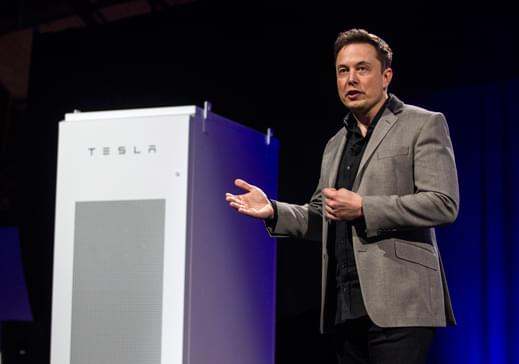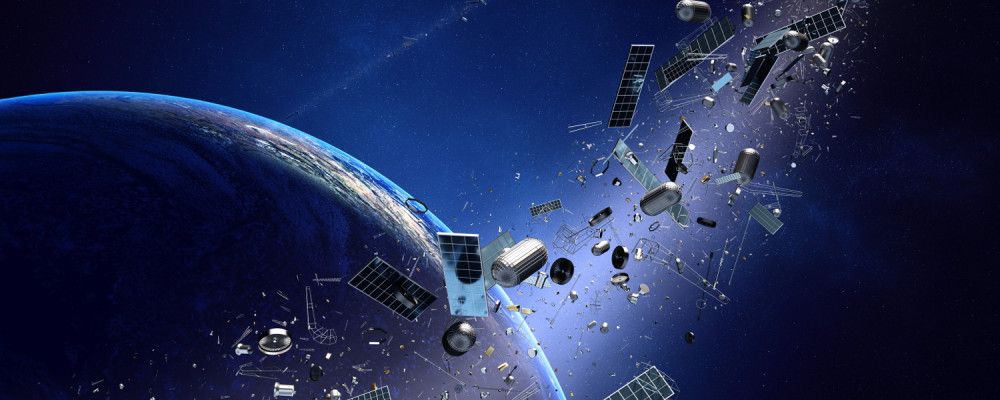May 2, 2015
WikiLeaks Finally Brings Back Its Submission System for Your Secrets
Posted by Seb in categories: hacking, open access, open source, privacy
Andy Greenberg — Wired
It’s taken close to half a decade. But WikiLeaks is back in the business of accepting truly anonymous leaks.
On Friday, the secret-spilling group announced that it has finally relaunched a beta version of its leak submission system, a file-upload site that runs on the anonymity software Tor to allow uploaders to share documents and tips while protecting their identity from any network eavesdropper, and even from WikiLeaks itself. The relaunch of that page—which in the past served as the core of WikiLeaks’ transparency mission—comes four and a half years after WikiLeaks’ last submission system went down amid infighting between WikiLeaks’ leaders and several of its disenchanted staffers. Read more





 Quoted: “I recall reading somewhere that “Ethereum is to Bitcoin as an iPhone is to a calculator”, which is a pretty good analogy. Bitcoin proved to us that it was possible to keep a tamper-proof system synchronised across the globe. There really is no reason the same system can’t be applied to other problems in the same way we apply normal computers to them.
Quoted: “I recall reading somewhere that “Ethereum is to Bitcoin as an iPhone is to a calculator”, which is a pretty good analogy. Bitcoin proved to us that it was possible to keep a tamper-proof system synchronised across the globe. There really is no reason the same system can’t be applied to other problems in the same way we apply normal computers to them.








